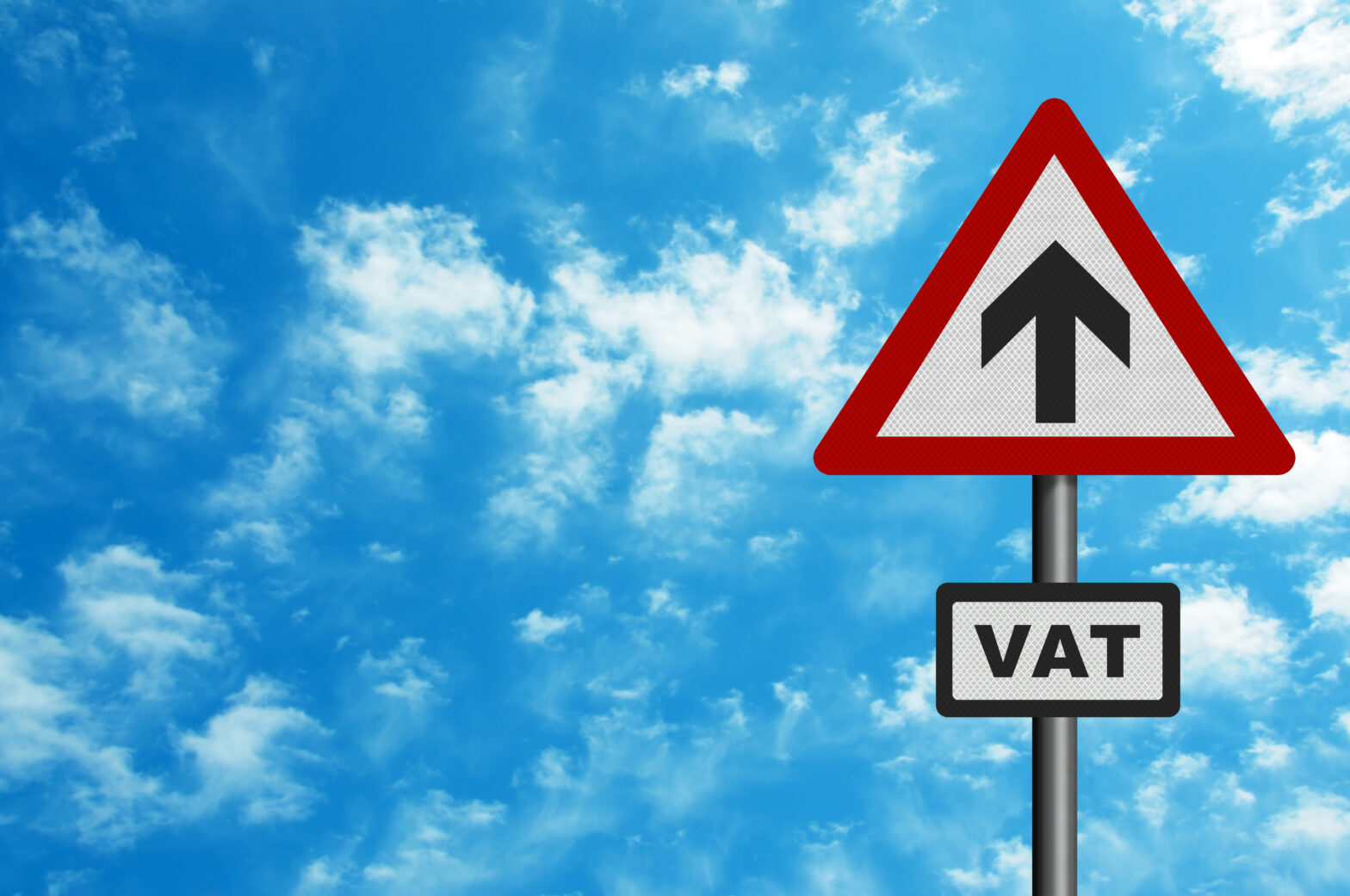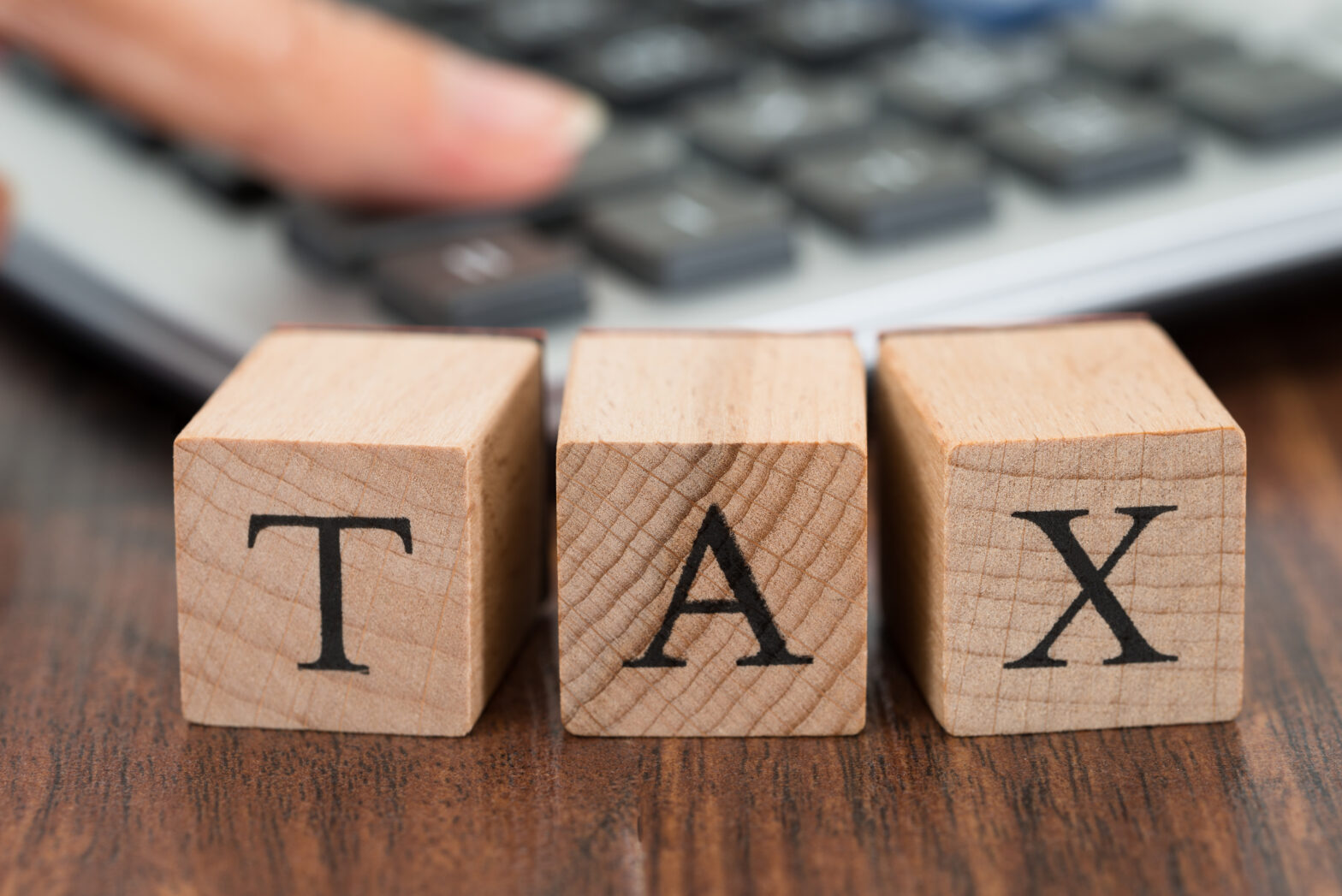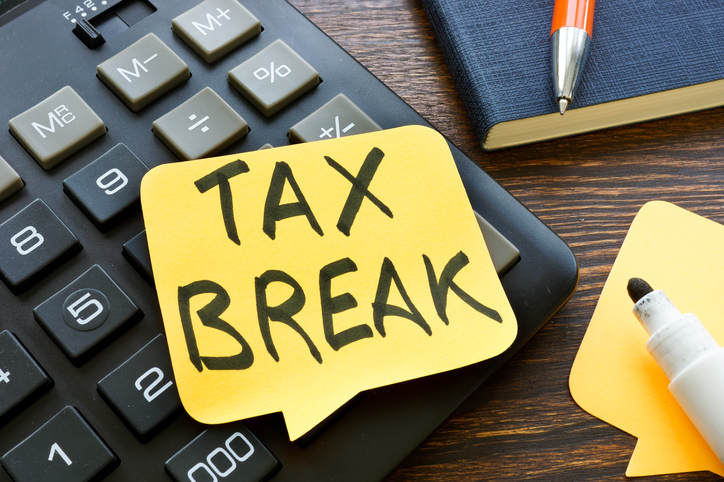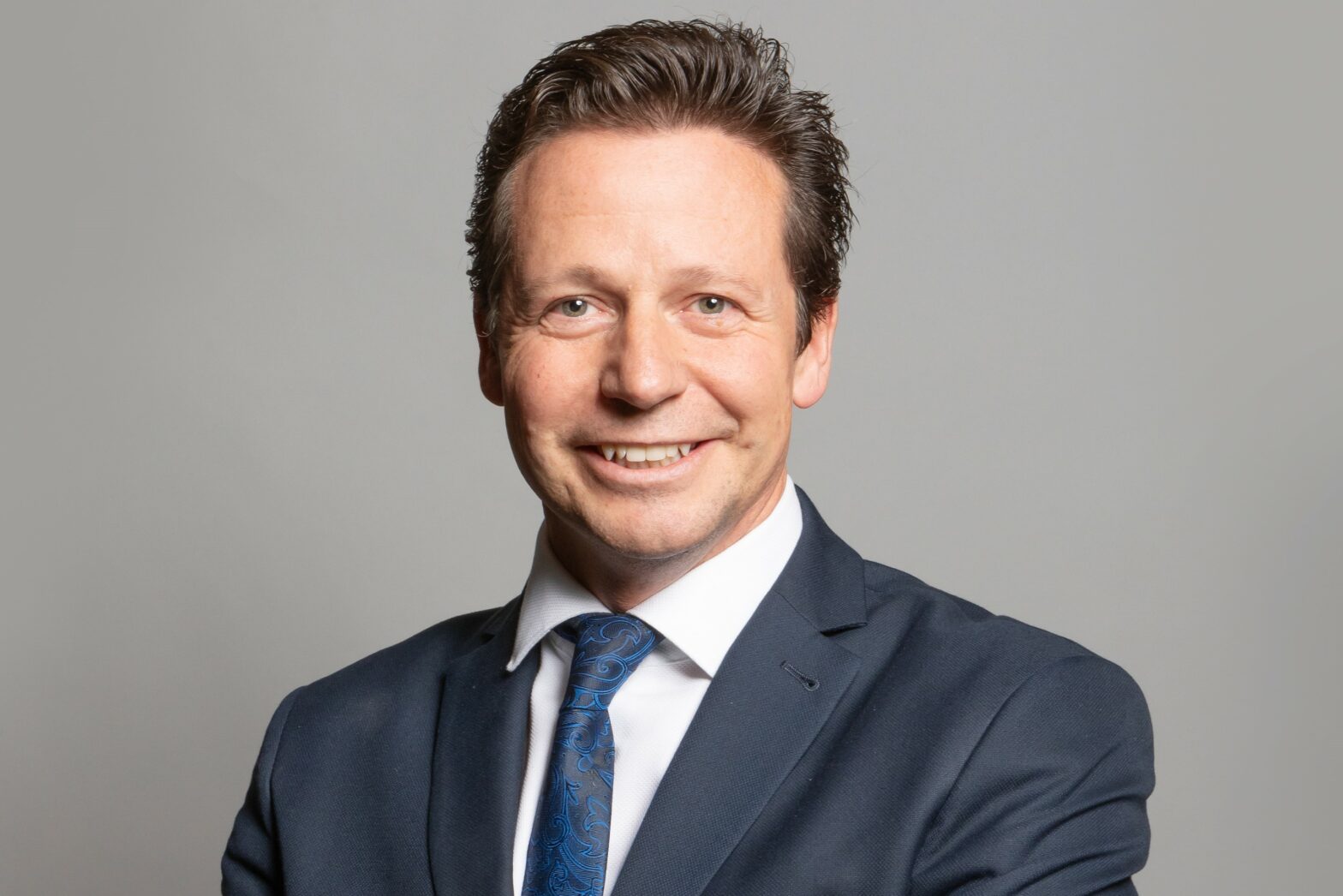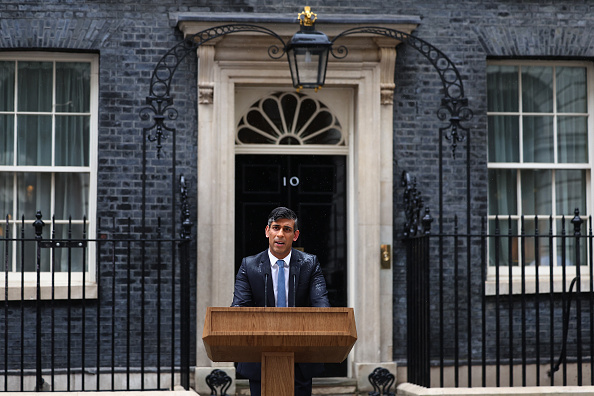You must tell HM Revenue & Customs (HMRC) that you need or want to cancel your VAT registration. To cancel your VAT registration you should complete form VAT 7 – Application to cancel your VAT registration, and return it to HMRC; this ensures that HMRC receives all the information needed to process your request.
If you do not receive a response within three weeks of sending in the form, you should contact HMRC at the same address. Make sure that you send HMRC your VAT 7 form within 30 calendar days of the reason for cancellation arising, to avoid being liable for a financial penalty.
The date the cancellation takes effect – voluntary de-registration
If you want to de-register voluntarily, then you need to tell HMRC the date when you want your VAT registration to stop. This will be either the date when they receive your request or an agreed later date. You should continue to charge and account for VAT until HMRC confirms that they have cancelled your registration. If HMRC doesn’t accept your request to cancel your VAT registration, you’ll have to continue charging for and accounting VAT.
You must notify HMRC promptly if you become liable to be registered at any time in the future. There are penalties for failing to register at the proper time.
What happens when your VAT registration is cancelled?
If HMRC is satisfied that your VAT registration should be cancelled, then you will be sent one of the following:
- a formal notice of cancellation – form VAT 35
- a formal notice of exemption from registration – form VAT 8
These forms confirm the date your registration is cancelled. They become part of your VAT records and must be kept for six years, along with your other VAT records. You will also receive a final VAT Return form – form VAT 193, or its Welsh equivalent – form VAT 197. You must fill this in, including VAT due on stocks and assets, and return it by the due date.
Don’t wait until you have received all your invoices before submitting your final return. If you receive more after you send it, you can claim for input tax. When you cancel your registration, you must also account for VAT on stock and certain assets you have at the close of business on the day your VAT registration is cancelled. Once you have cancelled your VAT registration, you must no longer charge VAT on goods or services you sell, or use VAT invoices. You may be able to reclaim VAT on some invoices that you receive after your registration ends.
Accounting for VAT when your registration is cancelled
When you cancel your registration, you must account for VAT on stock and certain assets you have at the close of business on the day your VAT registration is cancelled. You’ll need to include assets like interest in land – but only where supplies, if made, were taxable – and tangible goods on which you could reclaim VAT when you bought them. Tangible assets include items like unsold stock, plant, furniture, commercial vehicles and computers.
You don’t need to worry about intangible assets like patents, copyright and goodwill. If you obtained goods free of VAT as assets of a business transferred to you as a going concern from a taxable person, then you must include them in your VAT calculations.
If you obtained land or buildings as assets of a business transferred to you as a going concern, then you must account for VAT on them if you have ‘opted to tax’.
You should exclude items on which you couldn’t reclaim VAT when you bought them. These may be such as goods bought from unregistered businesses or cars, except private taxis, self-drive hire cars and driving school cars on which input tax has been claimed Items under the Capital Goods Scheme.
If you have goods onhand when a registration is cancelled, HMRC usually considers this to count as a supply. So if you own any capital items when you cancel your registration you may be required to make a final adjustment in respect of any items still within the adjustment period. This adjustment should be made on your final return.
The CGS applies to capital expenditure on land and buildings with a value of £250,000 or more (exclusive of VAT) which was subject to VAT at the standard or reduced rate. If you are in any doubt about whether or not you have to make an adjustment, you should contact HMRC.
How to work out the VAT due
You can work out the VAT you owe by valuing the relevant land or goods at the price you would expect to pay for them in their present condition. If you cannot work this out, then you should use the price you would expect to pay for identical or similar land or goods. If you can’t work this out, then you should use the price the goods would cost to produce at the time you cancelled your registration.
If the total VAT on the relevant assets is £1,000 or less, you don’t need to pay any VAT. So if the relevant assets are all standard-rated, you don’t have to account for VAT if their total value, including VAT, is £6,000 or less. If they’re worth more than this, then you must account for VAT on all the goods you have on-hand on your final VAT return. Make sure that you don’t under declare the VAT due on your final VAT Return, as this could lead to a fine. There are special provisions for businesses which are partly exempt or use the Cash or Annual Accounting Schemes.
